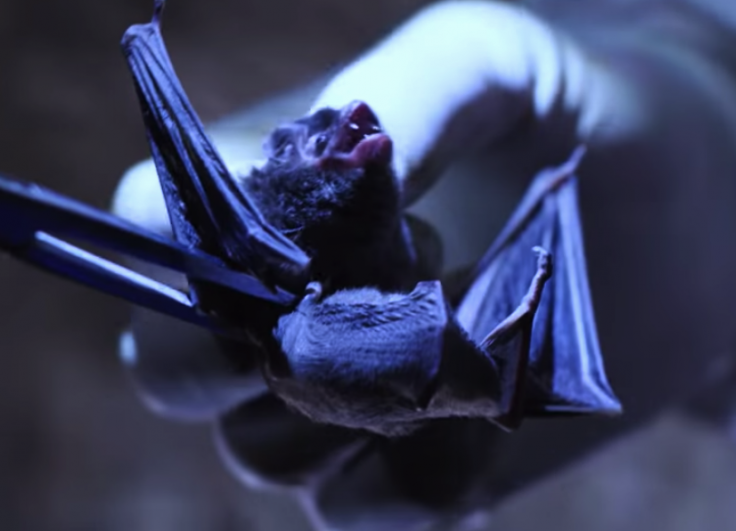The research on bat coronavirus in Wuhan Institute of Virology, China has created a huge concern about safety issues, which repeatedly triggered lab leak theories behind the Coronavirus pandemic. Now, top scientists have called for a 'quantum leap' in the bat coronavirus research to avoid a future pandemic, while noting that the past failure to heed warnings by those already researching on the virus had led to the current COVID-19 crisis.
Ten top scientists, who wrote in The American Journal of Tropical Medicine and Hygiene said alarm bells about the risk of the bat Coronavirus causing human diseases had been ignored for years, and there was no sense of urgency to address such concerns.
The experts, who included scientists from the US National Institute of Allergy and Infectious Diseases said, "Our prolonged deafness now exacts a tragic price," as the worldwide COVID-19 cases passed 15 million.

As per the scientists, such important research that has remained languished, underfunded, or discontinued over the years and it should be expanded to deal with the urgency of the situation. They also claimed that more scientists, including scientists working in China and other Coronavirus affected countries, "should be recruited to these efforts, especially in international research partnerships."
Monitoring Coronavirus in Bats
The urge to carry out more research on bat Coronavirus came after the research monitoring the virus triggered several theories, connecting the study in Wuhan lab with the current novel Coronavirus pandemic.
The novel Coronavirus causes disease COVID-19 was first identified in the central Chinese city of Wuhan in 2019. It was claimed that the virus passed into humans from bats, perhaps through an intermediary animal. But exactly how it happened is still unknown.
Recently it was revealed that Wuhan lab virologist Shi Zhengli and her team visited a copper mine near Tongguan in the Mojiang region after six men fell ill with pneumonia-like symptoms in 2012. Later, the virus samples collected in the mine were brought into the controversial Wuhan lab and virologists began the research.
Shi, known as the 'bat woman' of China, and her colleagues mentioned in a paper that among the 152 genetic sequences of Coronavirus found in the mine, two were similar to the strain that caused SARS, while one was reportedly described as a "new strain" of the SARS virus, called RaBtCoV/4991. Now, many have claimed that this research program may have caused the current pandemic.

The controversy took the political angle after the U.S. President Donald Trump blamed China for the COVID-19 outbreak, while the Secretary of State Mike Pompeo claimed, without any evidence, the virus may have been the result of a lab accident in Wuhan where researchers had been studying such viruses.
As already reported, the U.S. National Institutes of Health (NIH) abruptly terminated active grant funding for a project monitoring bat Coronaviruses in China run by a New York-based non-profit research organization EcoHealth Alliance, which focuses on the origin of the pandemics, risk factors and when a pandemic emerges. The NIH reasoned out that the project did not align with program goals.
The EcoHealth Alliance had worked within China for 15 years along with WIV studying hundreds of bat viruses. The findings have been published in top scientific journals. The director of the NIH's National Institute of Allergy and Infectious Diseases, Anthony Fauci, earlier said that the directive to cut the research funding had come from the White House.
The Call for More Support to Research Programs
In the recently published journal article, along with the call for more funding to conduct such research, the top scientists pointed out the urgent need for a better understanding of the natural emergence of the novel coronavirus in humans.

The scientists noted that SARS-Cov-2 was the third deadly coronavirus to pass on to humans in the space of two decades, after MERS and SARS outbreaks. Based on genetic analysis of the available data, it was thought that each of these viruses had emerged from horseshoe bats.
But as per the scientists, the Coronaviruses are globally distributed in a largely unknown number of animal species and there is an extreme risk of future outbreaks. For that reason, research on such viruses is necessary. More specifically, the scientists have urged monitoring the hotspots for the bat Coronaviruses that include south and southwest China, Laos, Myanmar, and Vietnam, as experts have found SARS-like viruses in several bat species.









